|
Already for years a visit to
Costa Rica was planned. Although no special activity was to be
expected at present, I made this trip during the 3rd of
March 2009 to the 23rd. During these two weeks not only
volcanism was the main subject, also the flora and fauna was an
interesting part in addition.
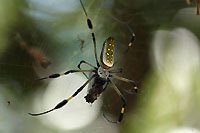
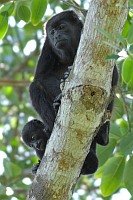
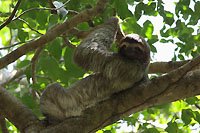
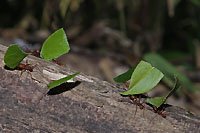
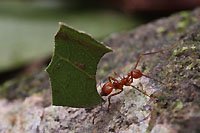
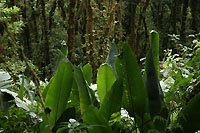
It’s known that also
in the dry season the Arenal volcanic summit is often covered in
rainclouds. For this reason I planned I the Arenal visit directly at
the beginning. The constant wind supplies inexhaustible humidity of
the Caribbean Sea, which is condensing in the higher mountain ridges.
First, at the Poas volcano, rain and nebula was dominating. The
friendly lady at the National Park entrance recommended to me, to
return once again because the sight was by Zero. In order to make it
short: This speech I heard often during the whole journey…
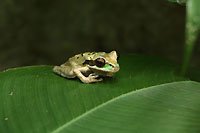
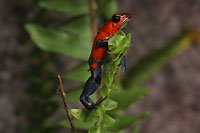
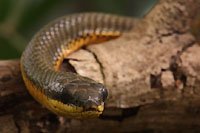
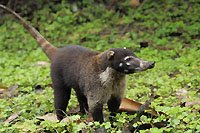

Driving through the beautiful La Paz area
in direction to the Arenal would have been the most elegant way, but
the earthquake a few weeks ago was destroying too much infrastructure.
Meanwhile the Poas craters were spared out of damage, the northern
flanks were badly battered. A later start from the north showed the
substantial road damage and slope chute, La Paz exists any longer…
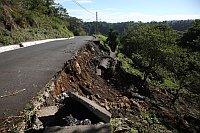
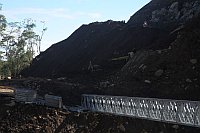
From this point there was no other choice
to take the way back and detour to the Arenal area. Now there was the
big question, the volcano or I. At the beginning various and rich
contacts with the endemic animals living in the area was made up. A
rhythm got into practice: During the day long walks and animals
observation - at night waiting for hours for the clearing up at the
volcano. If someone wants to give up sleeping, the Arenal offers ideal
opportunity in addition.
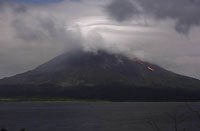
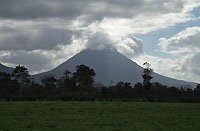
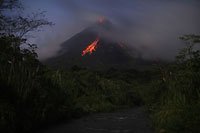
A clearing up in the night time took place during my visit in the
proportion of 1: 10000 (1 minute per week) for instance. After some
days the impulse to discover different areas of this country became
more intensive. After several sleepless nebula-nights I decided
heading out for Rincon de la Vieja in the Monteverde rain forests. And
just in the evening the whole slat again back to the Arenal for the
next rain night. This volcano anyhow was after 6 (!) nights for few
minutes completely visibly. However it showed thereby only a few
glowing rolling lava boulders. You could hear the sporadic Strombolian
activity only in twice times per night through the clouds.
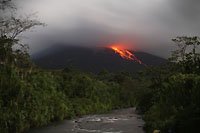
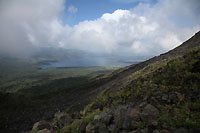
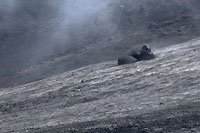
Although I
was close to the summit and nearly in indivisibility, I didn’t succeed
top mounting. The ideal way was a forest path and then over an old
gauging station through some erosion canyon. Ascending the summit
slope is laborious, but unproblematic. However the weather was not too
bad the incident fog in the summit region made the further ascend
senseless and dangerous. During the countless night-hours during one
week the following activity behaviour was showed up:
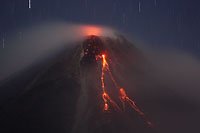
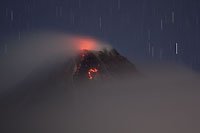
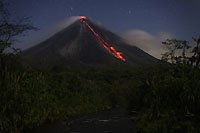
Roughly all 15min a small glow avalanche
loosens itself. A few times per night a considerably large avalanche
is crashing down to the vegetation border and both into the southern
and western direction. Two or three times you can hear the noise of
the summit during the night, accompanied possibly with a sporadic
strombolian activity. All glow avalanches separate from the western
situated small dome at the summit crater.
The Arenal
edition of Murphy’s Law
describes the happening excellently
-
summit outbreaks and larger glow avalanches take place principle
only during cloud coverage
-
beginning a mounting in a clearing up weather condition the
summit tightens a short time before arrival again
-
beginning a daily trip in a other national park you can see from
the distance the completely free Arenal
-
driving back laboriously the entire distance under continuous
sun heating, the Arenal surely draws up again in rain clouds in
the afternoon.
-
if
you
break off the night monitoring due to tiredness and endless
insect bites, it begins to clear up
-
when it's
clearing up you break off the provisional night rest
again
-
if you
stopp
your
night rest, the highest summit point nevertheless remains in a
nebula flag
-
when its clearing up again suddenly extreme
humidity is existing, which tarnish the optics
-
if you wipe off the tarnish to take a picture of the summit flag
it will surely fail
because of the weak accu induced by the
eternal test shots
-
if it is
passably clear, the next glow avalanche
is
missing
-
when the summit steps again into a dense cloudy appearance, an
unusual violent glowing
avalanche
takes place
-
if
you
return the next night back again with the opinion, it can’t get
not more worse, it draws up finally to
a
continuous rain
Result:
hopefully the activity of this volcano does not increase sometimes
again, because then the drama begins again.
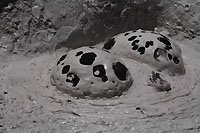
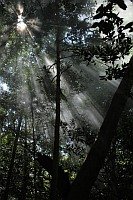
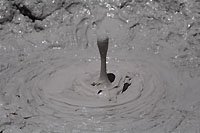
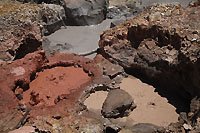
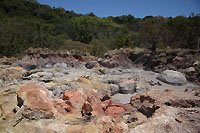
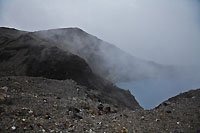
-translation under
construction-
Beim Besuch des Rincon de la Vieja Vulkan
lohnt sich eine Gipfelbesteigung wegen des interessanten
Kratersees und eine Wanderung durch das im Wald gelegene
Thermalgebiet an seinem Fuß. Auch ?hier schlug wieder die
Gipfelwolke zu. Schönstes Wetter weit und breit, jedoch Regen,
Wind und Nebel am Gipfelkrater. Fünf Stunden Warten wurden mit
2,5s nebeligem Seeblick belohnt, siehe Bild.
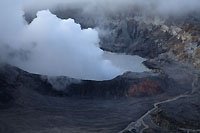
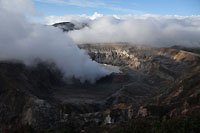
Das
gleiche Spiel wie eingangs angedeutet am Poas Krater, nur eine kurze
Aufklarung vor Sonnenuntergang erlaubte einen freien Blick.
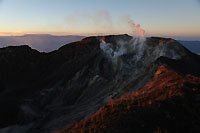
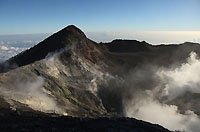
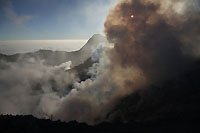
Bei den höheren Vulkanen Irazu und Turrialba
bleibt die Wolke oft unterhalb, daher herrschen hier morgens oft gute
Bedingungen.
Im Gegensatz zum überlaufenen Irazu mit seinem Kratersee bietet der
Turrialba noch unberührten Nebelwald. Auch der Quetzal ist hier
einfach zu beobachten. Die dortige Lodge, Wanderungen und
Allradfahrzeugerlebnisse in diesem urigen Gebiet und ein Sonnenaufgang
an den Gipfelfumarolen Fumarolen ließen diesen Vulkan mit Abstand zum
schönsten Landschaftserlebnis dieser Reise werden.
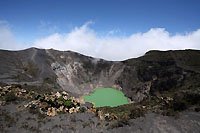
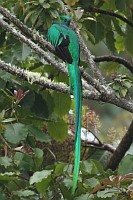
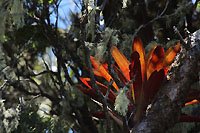
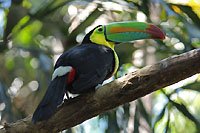
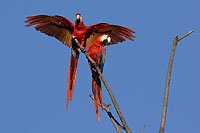
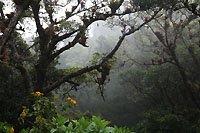
Als Kontrast bieten sich zwischendurch die nahe
gelegenen Küsten an. Aus zeitlichen Gründen (Arenalduell...) blieb nur
Zeit für die Pazifikküste. Aber schon hier beeindruckt die für
Europäer fremdartige Tierwelt ungemein, bei Rundgängen oder
Bootsfahrten kommt man ständig neues hautnah zu sehen.
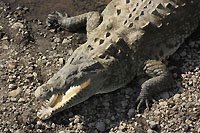
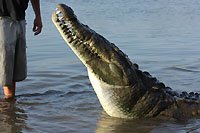
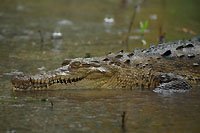
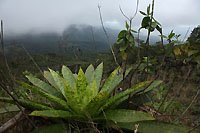
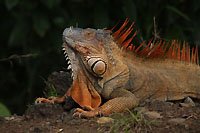
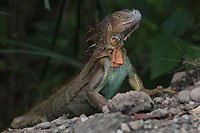
Abschließend kann man Costa Rica jedem Tier-
und Pflanzenfreund wirklich empfehlen. Die vulkanische Aktivität ist
derzeit recht gering, alle besuchten Vulkane haben aber eine bewegte
Geschichte und sind jederzeit zu starker Aktivität fähig.
|













































